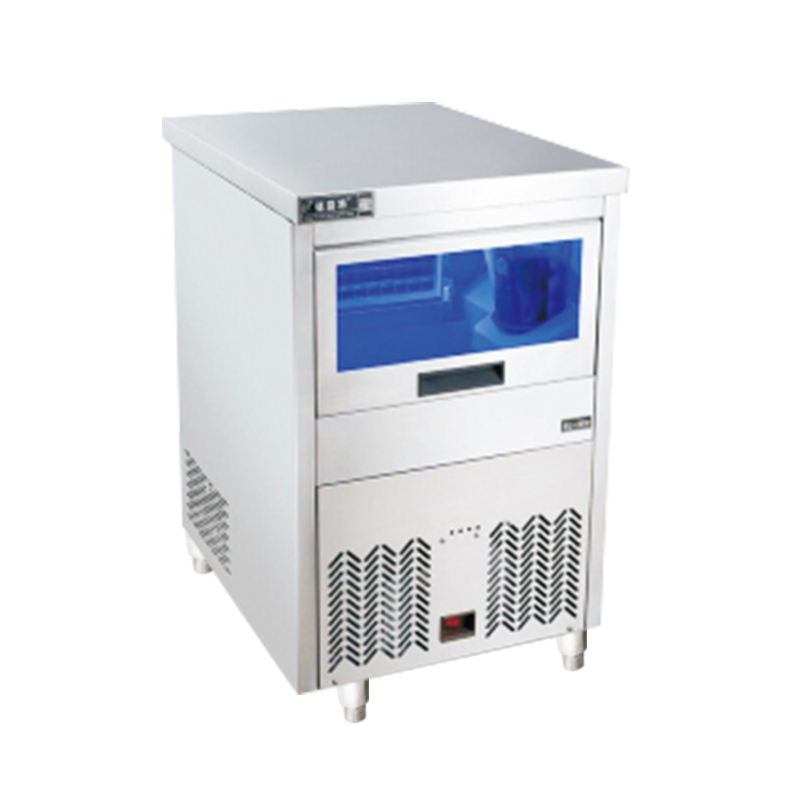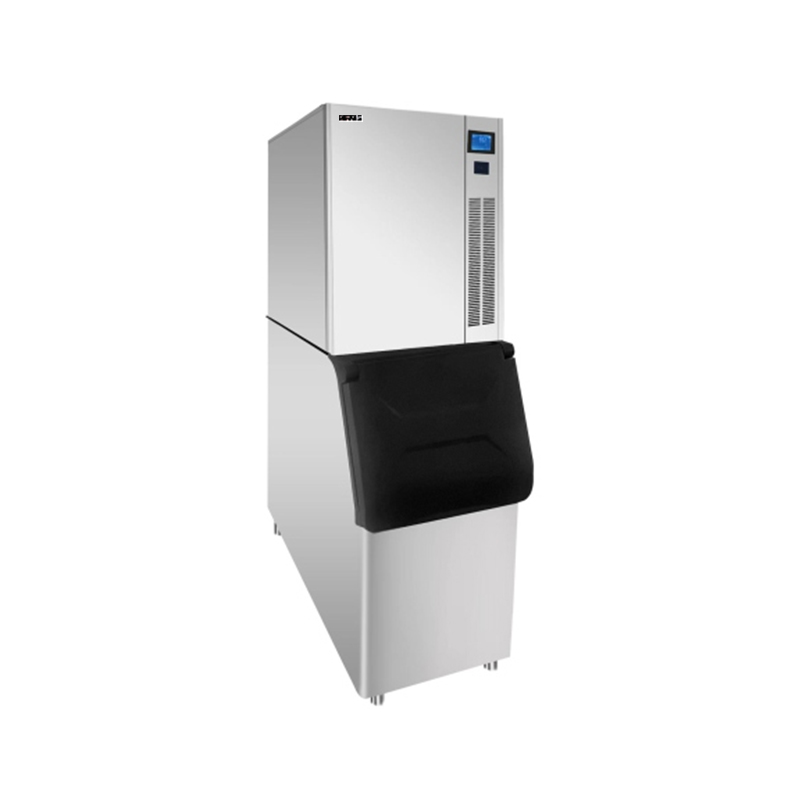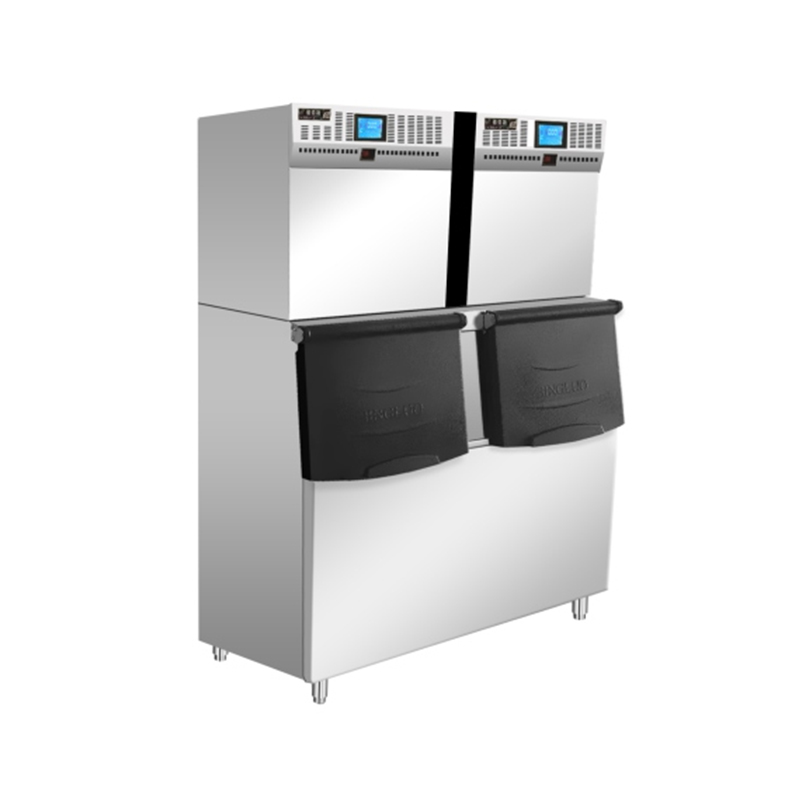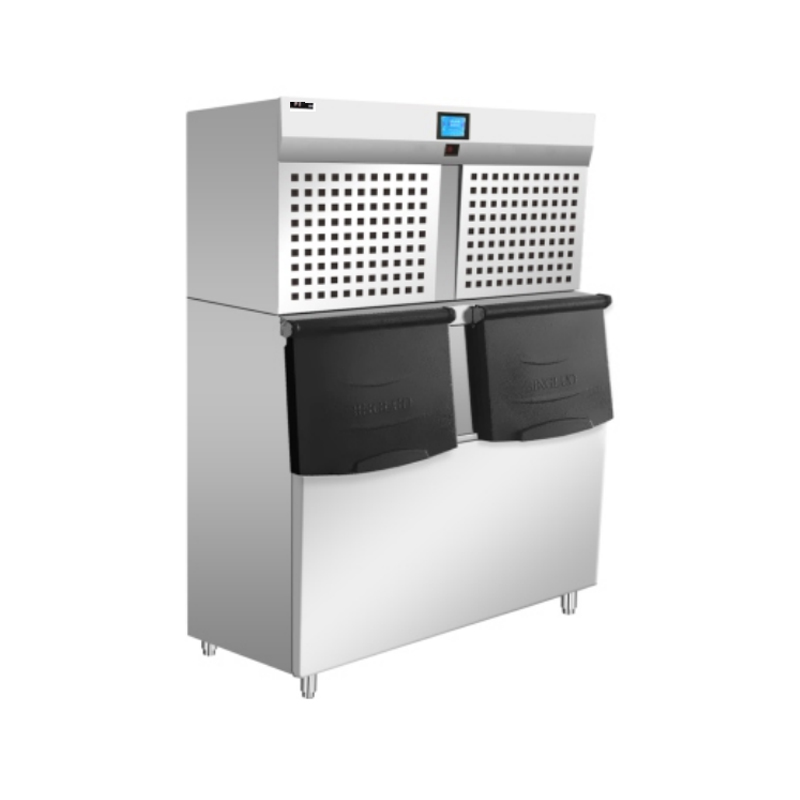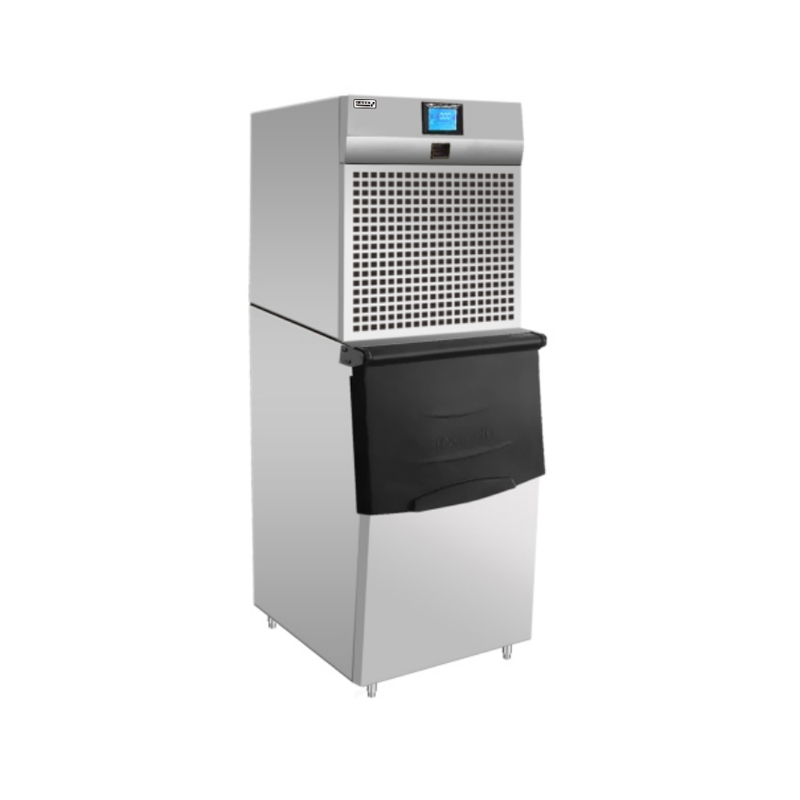2025-08-05
How often to clean ice maker
Your ice machine is a kitchen workhorse, silently churning out ice for everything from morning iced coffee to evening cocktails. But like any appliance that handles food and water, it requires regular cleaning to function properly and, more importantly, to produce safe, clean ice. So, how often should you clean your ice maker? The answer depends on several factors, but a general rule of thumb is more frequent than you might think.
Why Regular Cleaning is a Must
Many people assume that since an ice-making machine is constantly running cold water through it, it's self-cleaning. This is a common misconception that can lead to serious problems. Here’s why cleaning is so crucial:
-
Bacteria and Mold Growth: The cool, damp environment inside a nugget ice maker or bullet ice maker is the perfect breeding ground for mold, yeast, and bacteria. Over time, these can form a slimy biofilm that not only makes your ice taste and smell bad but can also be a health hazard.
-
Mineral Buildup: Hard water is a major culprit. Minerals like calcium and magnesium can accumulate on the internal components, such as the ice molds and water lines. This mineral buildup, or scale, can clog the machine, reduce its efficiency, and eventually cause it to break down.
-
Bad Taste and Odor: If your ice cubes have a funky taste or smell, it's a sure sign that your ice dispenser needs a thorough cleaning. The taste can come from mold, bacteria, or even the accumulation of food odors from inside your freezer.
How Often to Clean Your Ice Maker
For most residential ice machines, a professional-grade cleaning every 6 months is the ideal standard. However, this frequency can vary based on your usage and water quality.
-
High Usage: If you use your ice machine daily or have a large family that goes through a lot of ice, you may want to increase your cleaning frequency to every 3-4 months.
-
Water Hardness: If you live in an area with hard water, the mineral buildup will happen faster. In this case, aim for a deep clean every 3 months to prevent scale from forming.
-
Ice Quality: If you start to notice any changes in the quality of your ice—it's cloudy, smells off, or has a strange taste—don't wait for your scheduled cleaning. Address the issue immediately with a full cleaning cycle.
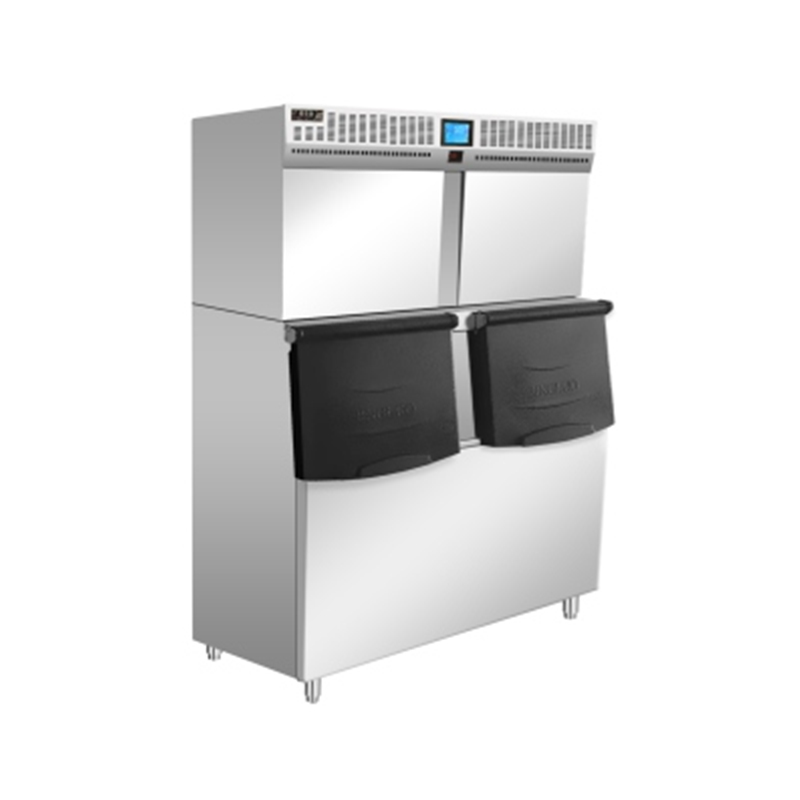
The Cleaning Process: What You Need to Do
A proper deep clean involves more than just a quick wipe-down. It requires a dedicated cleaning solution and a methodical approach.
Step 1: Gather Your Supplies
You'll need a commercial ice machine cleaner (look for products that are specifically food-safe), white vinegar, a scrub brush, and a few clean towels.
Step 2: Empty and Disconnect
First, turn off and unplug the ice maker appliance. Remove all the existing ice from the bin and discard it.
Step 3: The Deep Clean
Follow the instructions on your commercial cleaner. This usually involves mixing the solution with water and running it through a cleaning cycle. You might also need to manually scrub components like the ice bin and any visible parts where scale or mold has built up. If your machine doesn't have a cleaning cycle, you can use a solution of one part white vinegar to one part water to scrub the interior parts.
Step 4: Rinse Thoroughly
This is a critical step. After cleaning, you must rinse the machine thoroughly with clean water to remove any traces of the cleaning solution. Many models have a specific rinse cycle. Run it at least twice to be safe.
Step 5: Sanitize and Dry
Some experts recommend a final sanitizing step using a special sanitizer solution. After sanitizing and rinsing, make sure all internal parts are completely dry before you plug the machine back in and start making ice again.
By adhering to a regular cleaning schedule, you'll ensure your ice-making appliance continues to produce safe, clear, and great-tasting ice for years to come. Don't let your ice maker become an overlooked source of kitchen grime; give it the attention it deserves.

 English
English русский
русский Español
Español عربى
عربى